If a snake is thirsty and dehydrated for a long time, it can drink milk only to keep its body hydrated. Snakes primarily keep themselves hydrated through the prey they consume or from water sources.
Snakes are offered milk on Naga Panchami with the belief that they are fond of milk, and those providing milk to snakes may be blessed. However, the fact remains that snakes don't drink milk. Being carnivorous, they are physiologically not equipped to process lactose, the sugar found in milk. Their digestive systems are designed to process meat and bones, not lactose. However, if a snake is thirsty and dehydrated for a long time, it can drink milk only to keep its body hydrated. Snakes primarily keep themselves hydrated through the prey they consume or from water sources.
Why do people offer snake milk on Naga Panchami?
According to Hindu mythology, when the gods and demons churned the ocean to obtain 'amrita' or the nectar of immortality, Vasuki, the great snake god, served as the churning rope. Since then, serpents have become revered in the Hindu religion and tradition. People offer milk to snakes on Naga Panchami as a gesture of gratitude, and it is also done as a form of devotion, seeking protection and blessings from these revered creatures.

Why milk?
Milk is considered pure, pious, and suitable for offering to the gods to pay devotion and seek blessings. It is offered to snakes to show devotion and seek blessings and protection.
Myth 2: Snakes have diamonds?
Like us, snakes are made of muscles and bones. They don't have a diamond or any other precious stone, metal, or anything like this in their body. They don't possess diamonds in their heads; they cannot vomit diamonds either.
Myth 3: Snakes keep photos in their eyes, avenge
No. Snakes can't take photographs of anything; their brains are not developed to keep memories for long. They don't avenge the death of their partner as shown in movies. Snakes don't chase their enemies for miles. Snakes can chase only their prey, and that too for a short distance, not miles.

Myth 4: Snakes can dance
Snakes never dance; they can replicate the movement if they feel threatened. They don't have ears; they cannot hear music. However, snakes can understand vibrations. When snake charmers play music, these serpents feel threatened; they get apprehended, and they want to escape the vibrations. It is interpreted as their dance.
Myth 5: Snakes have multiple heads
Snakes don't have multiple heads unless they have a genetic deformity. They may have two heads due to some genetic issues, and it is common in reptiles. 'Ichhadhari naga,' or the snake that assumes shape as it wishes, does not exist anywhere in the world, contrary to what is depicted in movies. Also, most of the snakes are not venomous. There are 270 snake species in India, and only 60 are venomous.
Find your daily dose of All
Latest News including
Sports News,
Entertainment News,
Lifestyle News, explainers & more. Stay updated, Stay informed-
Follow DNA on WhatsApp. Meet Daya Nayak, Mumbai Police 'encounter specialist' promoted to ACP rank, he inspired THIS Bollywood film
Meet Daya Nayak, Mumbai Police 'encounter specialist' promoted to ACP rank, he inspired THIS Bollywood film Aamir Khan reveals why he decided not to release Sitaare Zameen Par on OTT: 'I never liked that model, I believe...'
Aamir Khan reveals why he decided not to release Sitaare Zameen Par on OTT: 'I never liked that model, I believe...'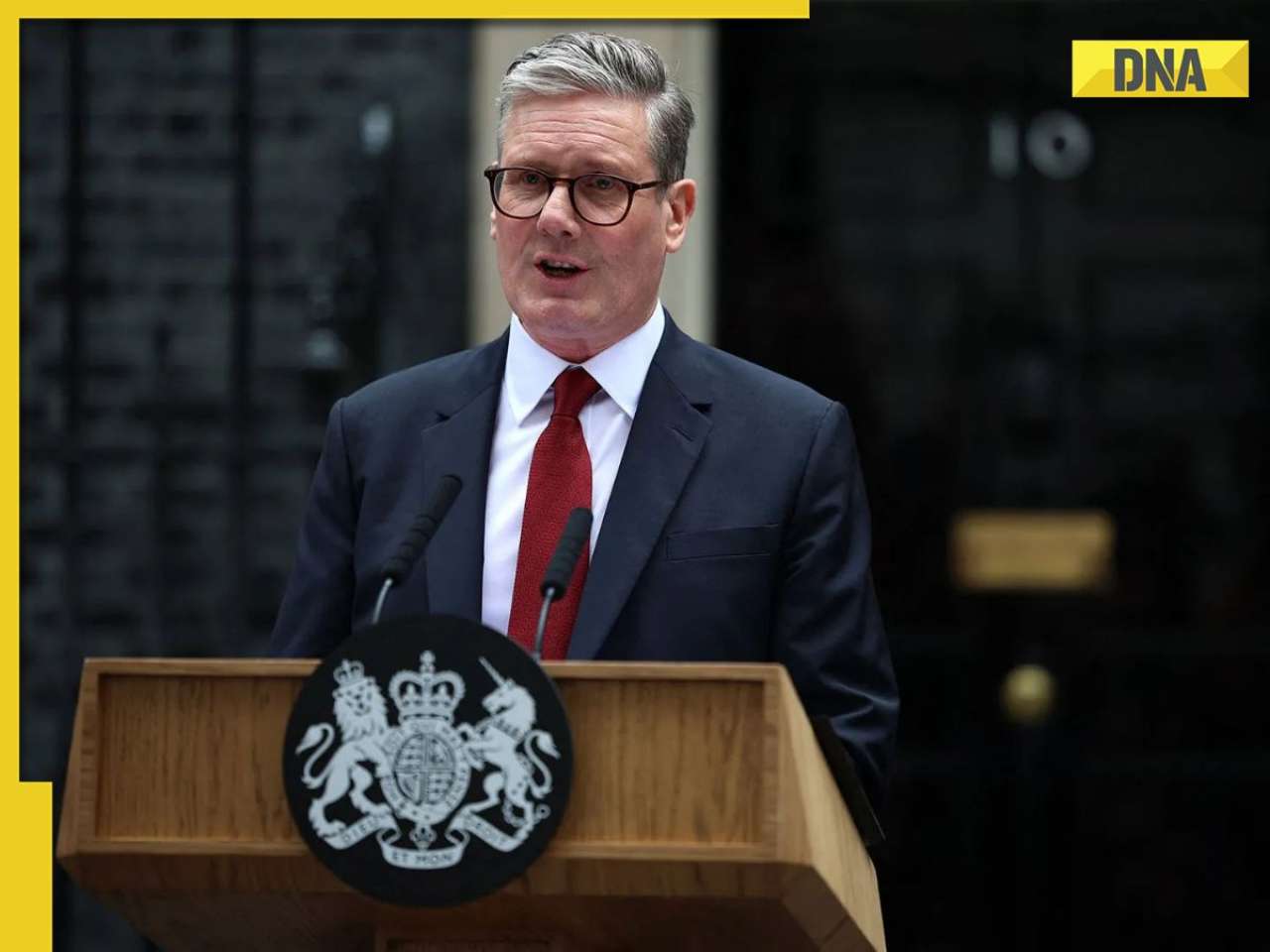 UK Prime Minister Keir Starmer says Britain will recognize state of Palestine before UN unless..., discusses issue with Donald Trump
UK Prime Minister Keir Starmer says Britain will recognize state of Palestine before UN unless..., discusses issue with Donald Trump  Kyunki Saas Bhi Kabhi Bahu Thi S2 premiere episode review: Smriti Irani, Amar Upadhyay's show wallops nostalgia, Ekta Kapoor might bring back glory to TV
Kyunki Saas Bhi Kabhi Bahu Thi S2 premiere episode review: Smriti Irani, Amar Upadhyay's show wallops nostalgia, Ekta Kapoor might bring back glory to TV DNA TV Show: Putin’s security guards spotted with high-tech anti-drone weapon amid rising drone threats
DNA TV Show: Putin’s security guards spotted with high-tech anti-drone weapon amid rising drone threats Tata Harrier EV Review | Most Advanced Electric SUV from Tata?
Tata Harrier EV Review | Most Advanced Electric SUV from Tata? Vida VX2 Plus Electric Scooter Review: Range, Power & Real-World Ride Tested!
Vida VX2 Plus Electric Scooter Review: Range, Power & Real-World Ride Tested! MG M9 Electric Review | Luxury EV with Jet-Style Rear Seats! Pros & Cons
MG M9 Electric Review | Luxury EV with Jet-Style Rear Seats! Pros & Cons Iphone Fold: Apple’s iPhone Fold Could Solve Samsung’s Biggest Foldable Problem | Samsung Z Fold 7
Iphone Fold: Apple’s iPhone Fold Could Solve Samsung’s Biggest Foldable Problem | Samsung Z Fold 7 Trump News: Congress Seeks Answers On Trump's Alleged Mediation In Operation Sindoor
Trump News: Congress Seeks Answers On Trump's Alleged Mediation In Operation Sindoor New Income Tax Bill 2025 to change tax rates on LTCG? I-T dept said this
New Income Tax Bill 2025 to change tax rates on LTCG? I-T dept said this Ratan Tata's TCS loses Rs 28149 crore in 48 hours after layoff announcement, market cap declines to Rs...
Ratan Tata's TCS loses Rs 28149 crore in 48 hours after layoff announcement, market cap declines to Rs... Mukesh Ambani-owned RIL signs deal with ONGC, to explore ... from...
Mukesh Ambani-owned RIL signs deal with ONGC, to explore ... from... Mukesh Ambani launches JioPC AI cloud computer at Rs...; check plans, benefits, more
Mukesh Ambani launches JioPC AI cloud computer at Rs...; check plans, benefits, more Elon Musk's Tesla set to open another flagship showroom in this Indian city, not Noida, Bengaluru, Chennai
Elon Musk's Tesla set to open another flagship showroom in this Indian city, not Noida, Bengaluru, Chennai Raksha Bandhan 2025: Top 5 getaways to celebrate sibling bond
Raksha Bandhan 2025: Top 5 getaways to celebrate sibling bond Narayana Murthy’s parenting advice: 7 common mistakes every parent should avoid
Narayana Murthy’s parenting advice: 7 common mistakes every parent should avoid  Jr NTR’s net worth: A peek into his Rs 500 crore fortune, luxury cars, investments and more
Jr NTR’s net worth: A peek into his Rs 500 crore fortune, luxury cars, investments and more Step inside Virender Sehwag’s Rs 130 crore Delhi mansion with 12 lavish rooms, trophy room, private temple, and luxury garage
Step inside Virender Sehwag’s Rs 130 crore Delhi mansion with 12 lavish rooms, trophy room, private temple, and luxury garage Like Ahaan Panday, these Bollywood stars have private Instagram handles
Like Ahaan Panday, these Bollywood stars have private Instagram handles Meet Daya Nayak, Mumbai Police 'encounter specialist' promoted to ACP rank, he inspired THIS Bollywood film
Meet Daya Nayak, Mumbai Police 'encounter specialist' promoted to ACP rank, he inspired THIS Bollywood film PM Modi makes BIG statement during speech in Parliament, says, 'No world leader...'
PM Modi makes BIG statement during speech in Parliament, says, 'No world leader...' Renowned Indian astrologer predicts another temple stampede, warns against traveling to these areas in 2025
Renowned Indian astrologer predicts another temple stampede, warns against traveling to these areas in 2025 Pakistan-Bangladesh nexus exposed, India's neighbours allow visa-free entry for each other, how will it affect
Pakistan-Bangladesh nexus exposed, India's neighbours allow visa-free entry for each other, how will it affect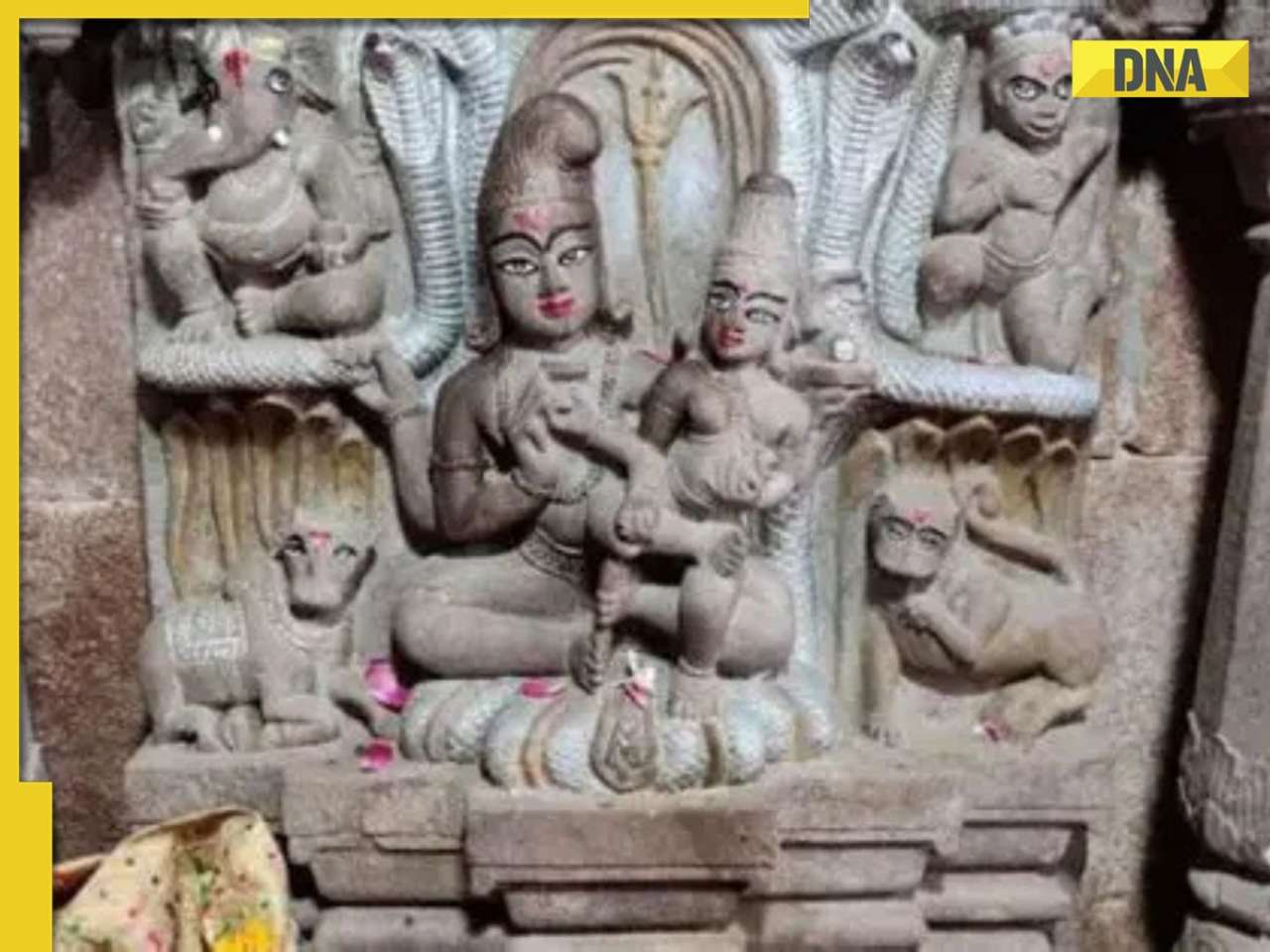 This temple opens only on Nag Panchmi, know reason behind, significance
This temple opens only on Nag Panchmi, know reason behind, significance RRB NTPC UG 2025: City intimation slip out, know exam details, direct link here
RRB NTPC UG 2025: City intimation slip out, know exam details, direct link here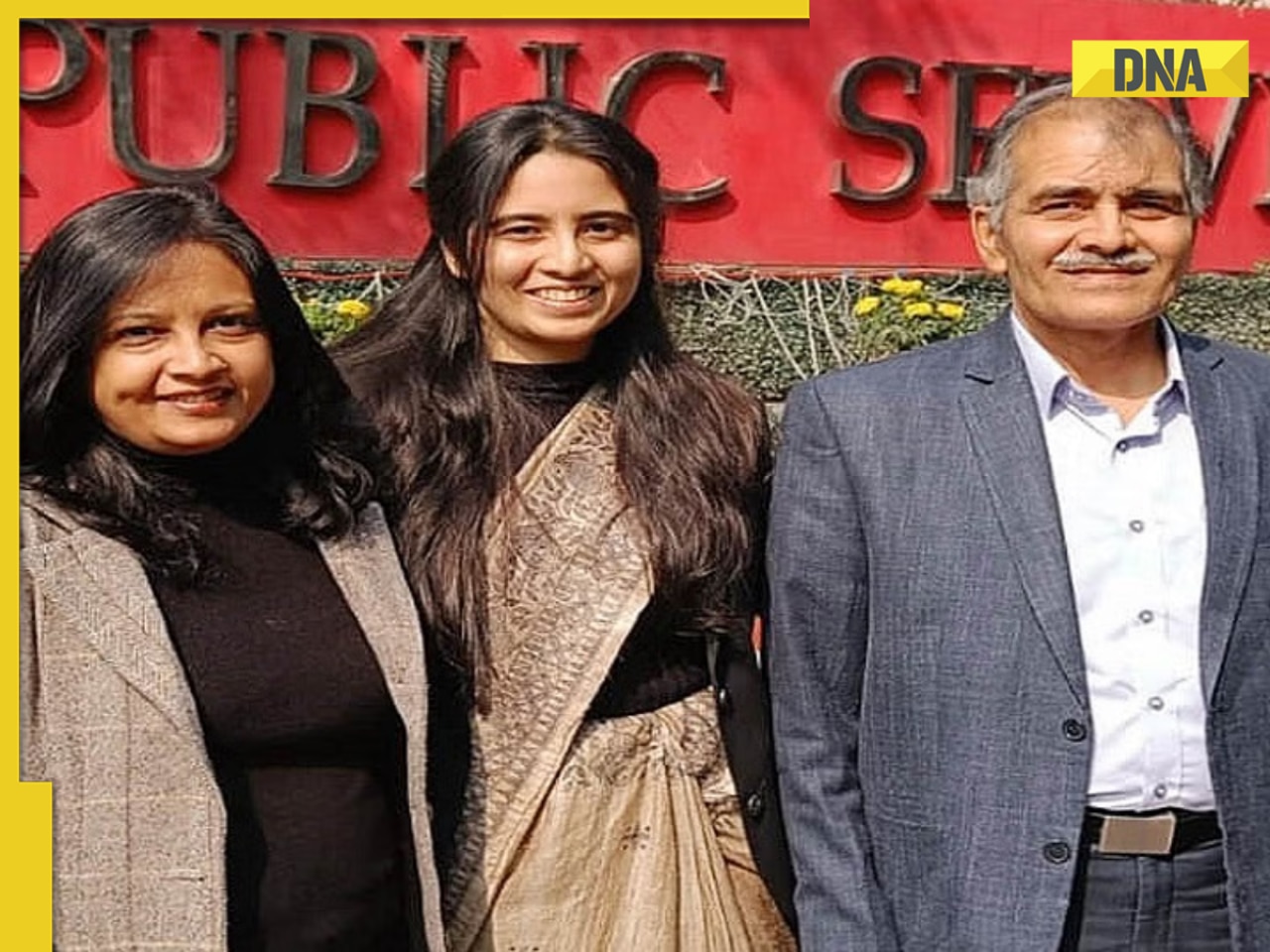 Meet woman who is from small town, didn't settle for IRTS, cracked UPSC again to become...
Meet woman who is from small town, didn't settle for IRTS, cracked UPSC again to become... UPSC EPFO 2025 recruitment begins for 230 vacancies; check steps to apply, eligibility, last date, and more
UPSC EPFO 2025 recruitment begins for 230 vacancies; check steps to apply, eligibility, last date, and more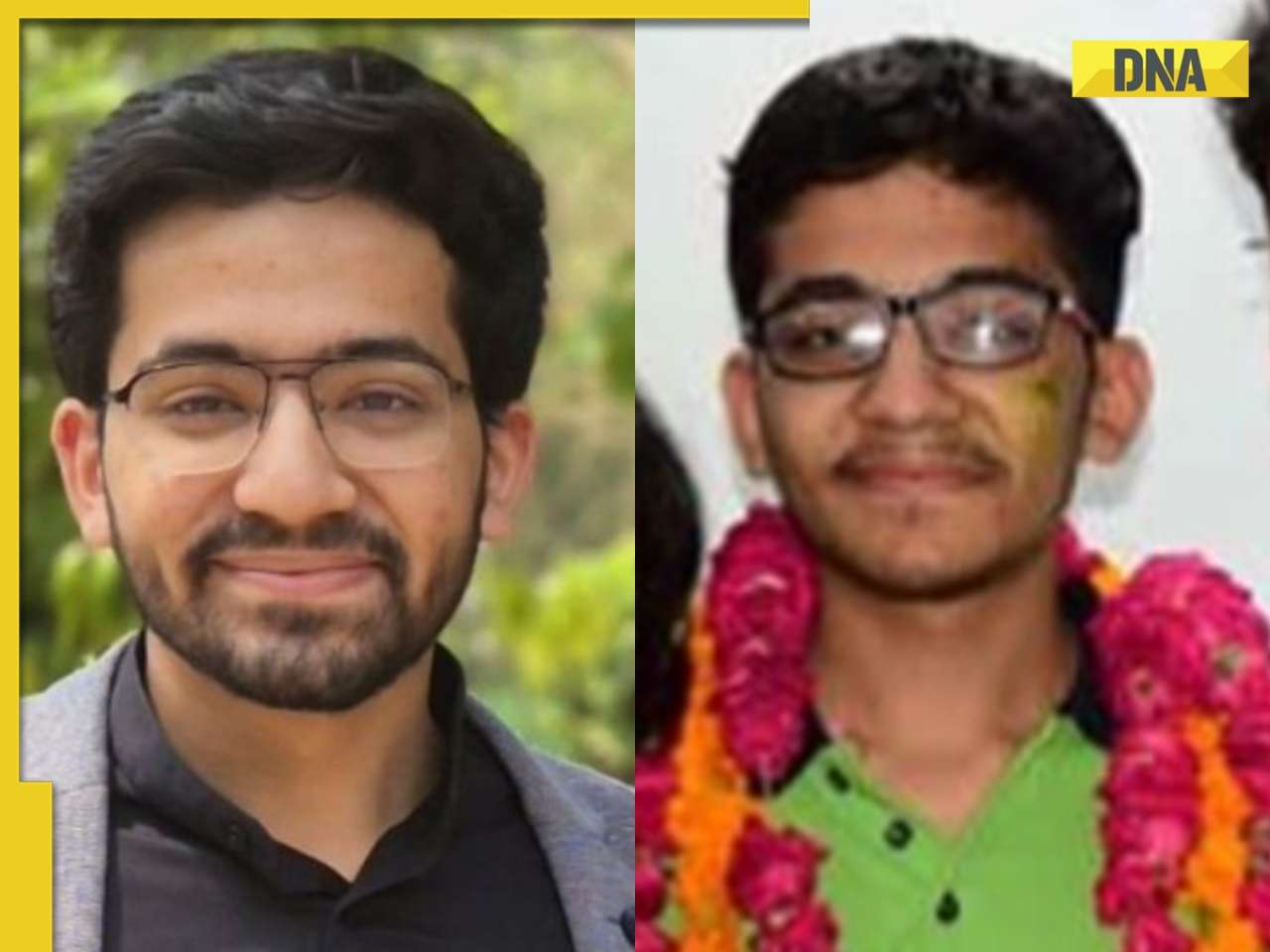 Where is Nalin Khandelwal, the 2019 NEET UG topper? What is he doing now?
Where is Nalin Khandelwal, the 2019 NEET UG topper? What is he doing now? Delhi University UG admissions 2nd allotment list released, here's how you can download it
Delhi University UG admissions 2nd allotment list released, here's how you can download it Maruti Suzuki's e Vitara set to debut electric market at Rs..., with range of over 500 km, to launch on...
Maruti Suzuki's e Vitara set to debut electric market at Rs..., with range of over 500 km, to launch on...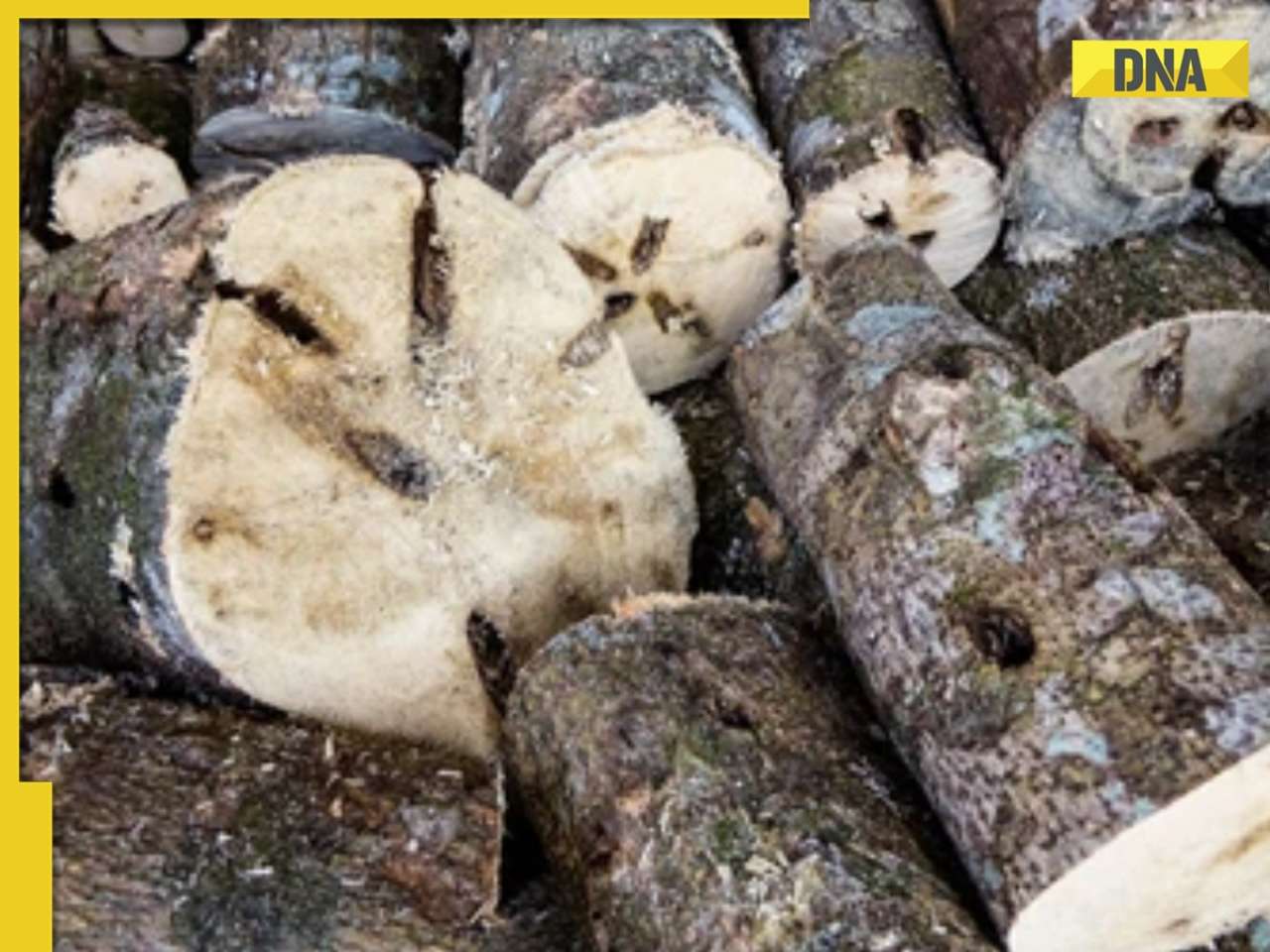 This is world’s most expensive wood, cost of 1kg wood is more than gold, its name is..., is found in...
This is world’s most expensive wood, cost of 1kg wood is more than gold, its name is..., is found in... This luxury car is first choice of Indians, even left BMW, Jaguar, Audi behind in sales, it is...
This luxury car is first choice of Indians, even left BMW, Jaguar, Audi behind in sales, it is... Kia India unveils Carens Clavis: Check features, design changes, price and more; bookings open on...
Kia India unveils Carens Clavis: Check features, design changes, price and more; bookings open on... Tesla CEO Elon Musk launches most affordable Cybertruck, but it costs Rs 830000 more than older version, it is worth Rs...
Tesla CEO Elon Musk launches most affordable Cybertruck, but it costs Rs 830000 more than older version, it is worth Rs...









)
)
)
)
)
)
)
)
)
)
)
)
)
)
)
)













